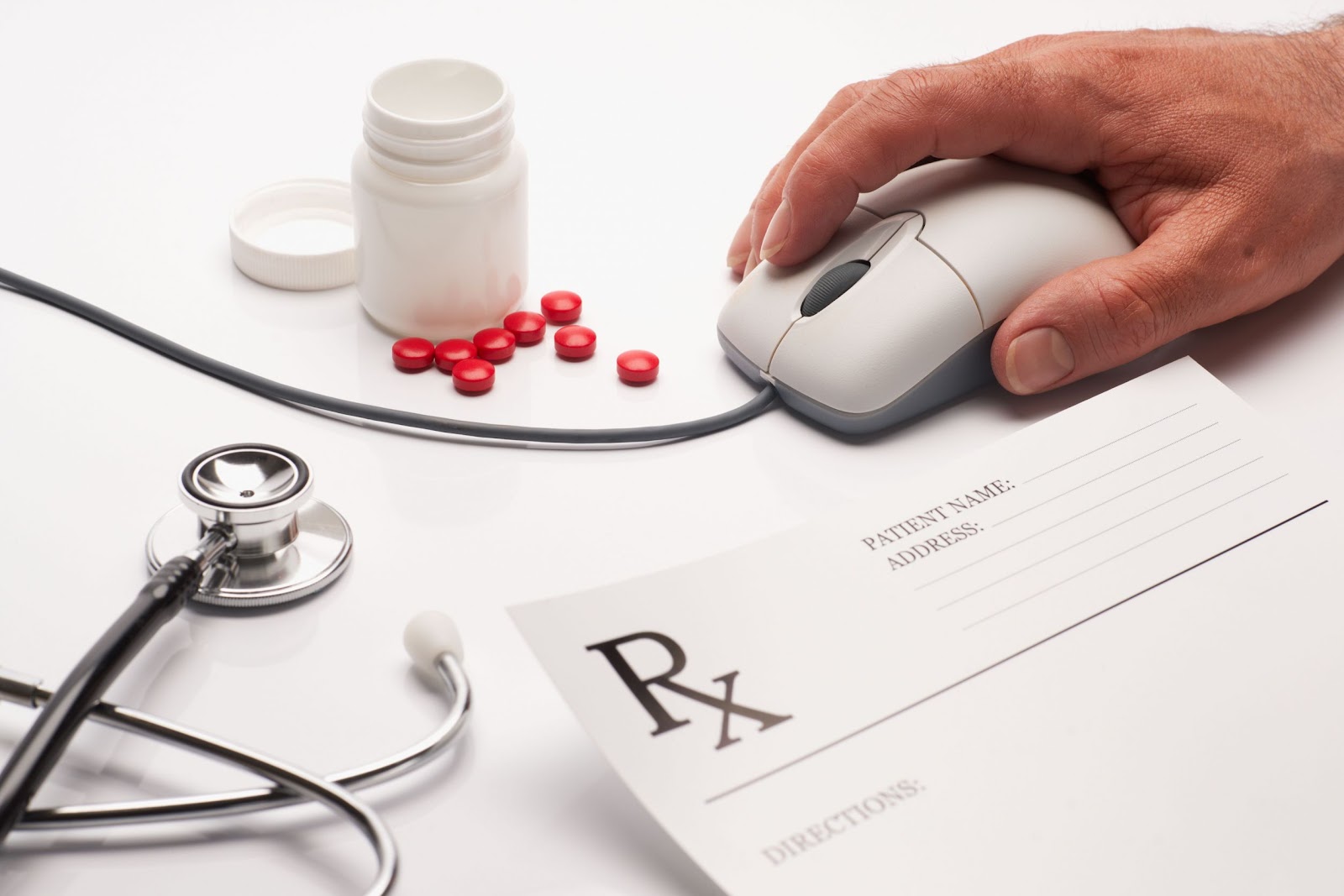It was difficult for transferred patient medical information from one health care organization to another. The clinicians used to physically transport the information to the new organization. Now EMR has changed the scenario.
 |
| The Electronic Medical Record System Transforms the Services of Health Care |
Most of the medical organizations
are in hurry to fulfill the meaningful use criteria for electronic health
record incentive payments, for this, they are moving their focus towards the fast
setting out of EHR systems. Unfortunately, adoption of an EHR system has been a
tool which used to transform health care.
Transformation of health care contains
improved in quality of care, improvements in safety of patients, growing access
of care and decreasing the cost of care. EHR software installed to satisfy the
meaningful use criteria which can impact on these features; health care IT and
clinical decision support to enable the transformation.
Essential
Vision
Health care transformation needs a detailed
vision of care delivery which understands the importance of actual workflow in the
delivery of care. Technology increases the options which are available in the
workflow designing.
Proper usage of IT needs redesigning
of workflow which safely influences the technology to improve workflow and
processes during the delivery of high level safety and efficiency of patient
care.
Clinicians faced the technology which
is a difficulty to patient care development workarounds which decrease the efficiency,
interpretation of personal health information to illegally access and strictly
limit the value of installed health IT.
Failure of addressing and
recognized workflow creates issues when executing EHR system highly intimidates
the success of health IT initiative.
Accessibility
of patient’s data
The main step is to get assured
that physicians can easily access the applications and information they require
for a patient at the point of care, within their disorganized workflows. In
most of the health care environments, physicians require to remember the
difficult passwords for individual application they enter, which can be changed
regularly. The continuous entry and re-entry of user identifications and
searching for the data of patients take a time apart from the actual care of the
delivery. The act of opening an application to find about the patient’s essential
information can hardly take two to three minutes per patient. This is actually
a time-consuming process which takes away the delivering of patient care and
encourages the workarounds which have discussed above.
Strong authentication eliminates
the load of memorizing numerous passwords by empowering access to the whole
health IT infrastructure by one login, or by authenticating the user through
thumb implementation or by the swipe of a card. These steps are not only
removing the requirements to remember the numerous user names and passwords,
but also verify the user, based on role.
Transforming of the health care industry by EMR
The Electronic medical record
system is being designed and implemented in offices like yours across the
country to help improve the efficiency of health care. But it has been observed
about the claims of Health Affairs which the comprehensive adoption of these systems
of EMR software will also guide towards the major health care savings, decrease
medical errors, and improve the outcomes of health nationwide.
For every office of the physician, which
approves the EMR system, it comes closer to converting healthcare industry of the
nation for their betterment. There are three main ways for the implementation
of your office which is setting us on that path.
Improved Health Care safety and efficiency
The Healthcare Information and Management
Systems Society (HIMSS) surveyed and found the improved percentages of patient
safety when EMR software were applied in the medical practices. The reminders
and alerts built into the system to help out to eliminate and identify the
errors at every step in the process of charting.
Improved Healthcare Outcomes
Prevention of the diseases,
measures and chronic disease management are the most important way to improve
the health of Americans. One of the main advantages of an EMR system is that
features you relies on: like
coordination, communication, decision support and measurement which can be used
as a way to improve health care. Such as; with the help of an EMR system, you
can plan the protective services by leveraging patient data on file, like; gender,
age and family history. Plus, the system can send notices when you’re registering,
so you recall offering the service during regular routine visits. Plus, an EMR
system can help you steadily chart prepared for the specific results, which
helps you to make perfect clinical outcomes and decisions. Include the
connection to national registries of diseases and you’ll be able to benchmark
the health and symptoms of your patient.
Internet
Savings
Studies show that EMR systems are
less costly over time than traditional paper-based systems; did you know this outcome
multiplies over the number of EMR installations in offices across the country. And
it means dropping the overall cost of health care suggestively. According to
the Health Affair study, over fifteen years, the increasing potential net
efficiency and safety savings are from the hospital systems can be nearly $371
billion, while potential increasing savings from physicians practice EMR
systems can be $142 billion.
But
when your EMR system changed the way your office works, increasing patient
outcomes, it can introduce some challenges, too; plus the improved
administrative overhead which comes with registering through the EMR system. Both
systems are getting more cultured and physicians continuously implementing EMR
systems. This make new technologies continue to be modified to flawlessly participate
in the EMR system and offer even greater cost-and-time savings with mobile and
web-based physician documentation dramatically refining your in-office
experience.


No comments:
Post a Comment